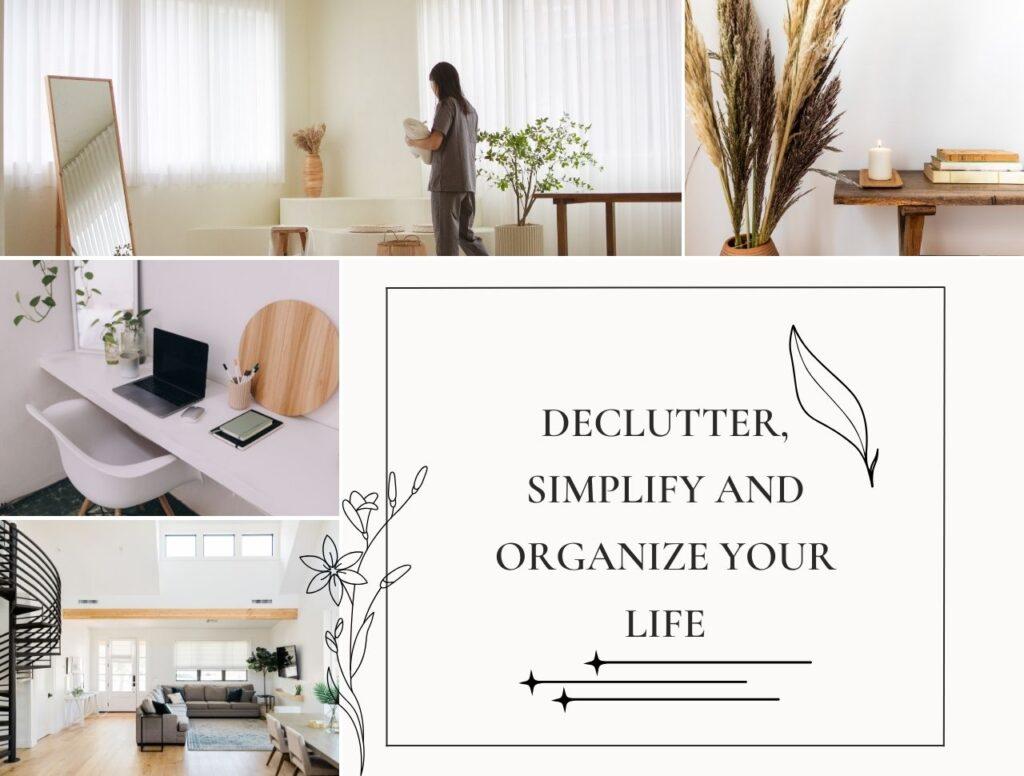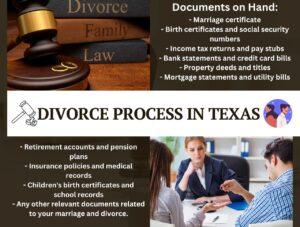Do you feel overwhelmed by the amount of stuff you own and the complexity of your life? If so, consider living a minimalist lifestyle. Minimalism involves reducing your possessions, commitments, and distractions to the essentials, freeing up your time, space, energy, and money for what truly matters.
This blog post will guide you through the easy steps to live a minimalist lifestyle. By decluttering, simplifying, and organizing your life, you can experience less stress and anxiety, more clarity and focus, greater freedom and flexibility, increased creativity and productivity, and enhanced happiness and satisfaction.
Ready to start minimalist journey? Let’s begin!
Understanding the Clutter
Recognize the clutter holding you back, whether physical, digital, or mental. Clutter adds no value and can cause stress, distraction, wasted time and money, and decreased energy and self-esteem.
Identify the sources of clutter in your life and determine whether they serve a purpose or bring you joy. Let go of what you don’t need, want, or love.
Decluttering Your Physical Space
Free up your physical space by getting rid of unnecessary possessions. Assess your belongings and categorize them into keep, donate, sell, or trash piles.
Keep what serves a purpose or brings you joy, donate or sell what is still in good condition but no longer needed, and responsibly dispose of broken or damaged items. Organize and store essential items efficiently.
Simplifying Your Daily Routine
Simplify your daily routine by streamlining your schedule, prioritizing tasks and commitments, automating and delegating responsibilities, and creating efficient systems and routines.
Evaluate how you spend your time, prioritize tasks, find ways to automate or delegate non-essential responsibilities and establish systems and routines that make tasks easier and faster.
Here are some examples of helpful apps or tools:
- Todoist: Manage your tasks and projects with features like lists, deadlines, priorities, and progress tracking.
- Calendly: Schedule meetings and appointments easily by setting availability, sharing your link, and inviting others.
- IFTTT: Automate tasks using recipes, triggers, and actions across different apps and devices.
- Zapier: Automate workflows with zaps, triggers, and actions across different apps and services.
Organize Digital Life
Organizing digital life entails managing the digital clutter accumulating on your devices and online accounts. Digital clutter includes files, folders, emails, messages, photos, videos, apps, subscriptions, and more.
By organizing your digital life, you can free up storage space, improve performance, enhance security, and reduce distractions.
To effectively organize your digital life, follow these steps:
- Manage digital clutter: Evaluate the usefulness and value of everything stored on your devices and online accounts. To simplify the process, categorize items into documents, music, podcasts, etc.
- Organize files and folders: Arrange files and folders in a manner that makes sense to you. Label them using names, dates, tags, colors, or other methods. Consider using cloud storage services like Google Drive, Dropbox, or OneDrive to backup and sync your files across devices.
- Streamline email and social media usage: Reduce the influx of emails and social media messages you receive and send. Utilize filters, folders, labels, unsubscribing, and other tools to manage your email inbox. Take control of your social media activity through settings, notifications, blocks, and unfollows.
- Utilize productivity apps and tools: Use apps and tools that help organize your digital life and improve productivity. Consider Evernote, Notion, or Trello for note-taking, list-making, project planning, etc. Tools like LastPass, Dashlane, or 1Password can securely store and manage your passwords.
Techniques for Organizing Digital Life:
Here are some habits and techniques that can assist in organizing your digital life:
- Regularly delete or archive old or unnecessary files and emails.
- Apply the one-minute rule: If a task takes less than a minute to complete, do it immediately.
- Follow the two-minute rule: If an email takes less than two minutes to reply to, respond right away.
- Dedicate 10 minutes at the end of each day to tidying up your digital space.
- Implement the Pomodoro technique: Work for 25 minutes, then take a 5-minute break.
Embrace a Minimalist Mindset
A minimalist mindset entails changing your attitude and perspective towards life. Cultivate gratitude and contentment, prioritize experiences over material possessions, practice mindfulness, and intentional living, overcome challenges, and stay motivated. Embracing a minimalist mindset can lead to a more meaningful, fulfilling, and satisfying life.
To adopt a minimalist mindset, follow these steps:
- Cultivate gratitude and contentment: Appreciate what you have and who you are, focusing on abundance rather than scarcity. Maintain a gratitude journal, express thanks to others, or meditate on positive aspects of your life.
- Prioritize experiences over material possessions: Value the quality of your life over the quantity of possessions. Spend time with loved ones, pursue passions, acquire new skills, and explore new places to enhance experiences.
- Practice mindfulness and intentional living: Be present in the moment and mindful of your thoughts, feelings, and actions. Engage in meditation, deep breathing, or yoga to practice mindfulness. Set goals, plan, and take purposeful action to embrace intentional living.
- Overcome challenges and stay motivated: Face difficulties and obstacles with courage and perseverance. Seek support, learn from mistakes, and adapt to changes. Celebrate achievements, reward yourself, and remind yourself of your purpose to stay motivated.
Here are some recommended resources to help you embrace a minimalist mindset:
- The Minimalists: This podcast features Joshua Fields Millburn and Ryan Nicodemus discussing living a meaningful life with fewer possessions.
- The Joy of Less: A book by Francine Jay provides a simple guide to decluttering, organizing, and simplifying your home and life.
- The Power of Now: A book by Eckhart Tolle that teaches how to live in the present moment and free yourself from pain and suffering.
- Atomic Habits: A book by James Clear that demonstrates how to build good habits and break bad ones through small changes that yield significant results.
Maintaining a Minimalist Lifestyle
Maintaining a Minimalist Lifestyle involves staying committed to your minimalist habits and practices and avoiding the temptation to revert to your old ways. By maintaining a minimalist lifestyle, you can continue to enjoy the benefits of minimalism in the long run while preventing feelings of being overwhelmed or dissatisfied.
To effectively maintain a minimalist lifestyle, consider following these steps:
- Regular decluttering and reassessment: Review your belongings, commitments, and activities periodically. Let go of anything that no longer serves a purpose or brings you joy.
- Avoiding unnecessary purchases and impulse buying: Resist the urge to buy things you don’t truly need, want, or love. Utilize the 30-day rule, which involves waiting 30 days before making a purchase you need clarification on. If you still desire it after waiting, consider buying it.
- Surround yourself with like-minded individuals: Seek support and inspiration from others who share your minimalist values and goals. Join online communities or local groups where you can connect with fellow minimalists.
- Continuously learn and adapt to a minimalist lifestyle: Stay informed about the latest trends and tips on minimalism. Engage with blogs, books, magazines, or newsletters that provide valuable insights.
Minimalist lifestyle tips enhances life quality by reducing stress, sharpening focus, fostering freedom, sparking creativity, and elevating happiness. It guides towards a life filled with meaning. Beginning this journey involves decluttering, simplifying, or organizing a single life aspect. Integrating a habit or technique reflecting minimalism is beneficial. This approach values quality over quantity, views minimalism as an ongoing journey, and respects it as a personal choice, not a mandate.
Also, Learn: Healthy Habits for a Happy Life in 2024






